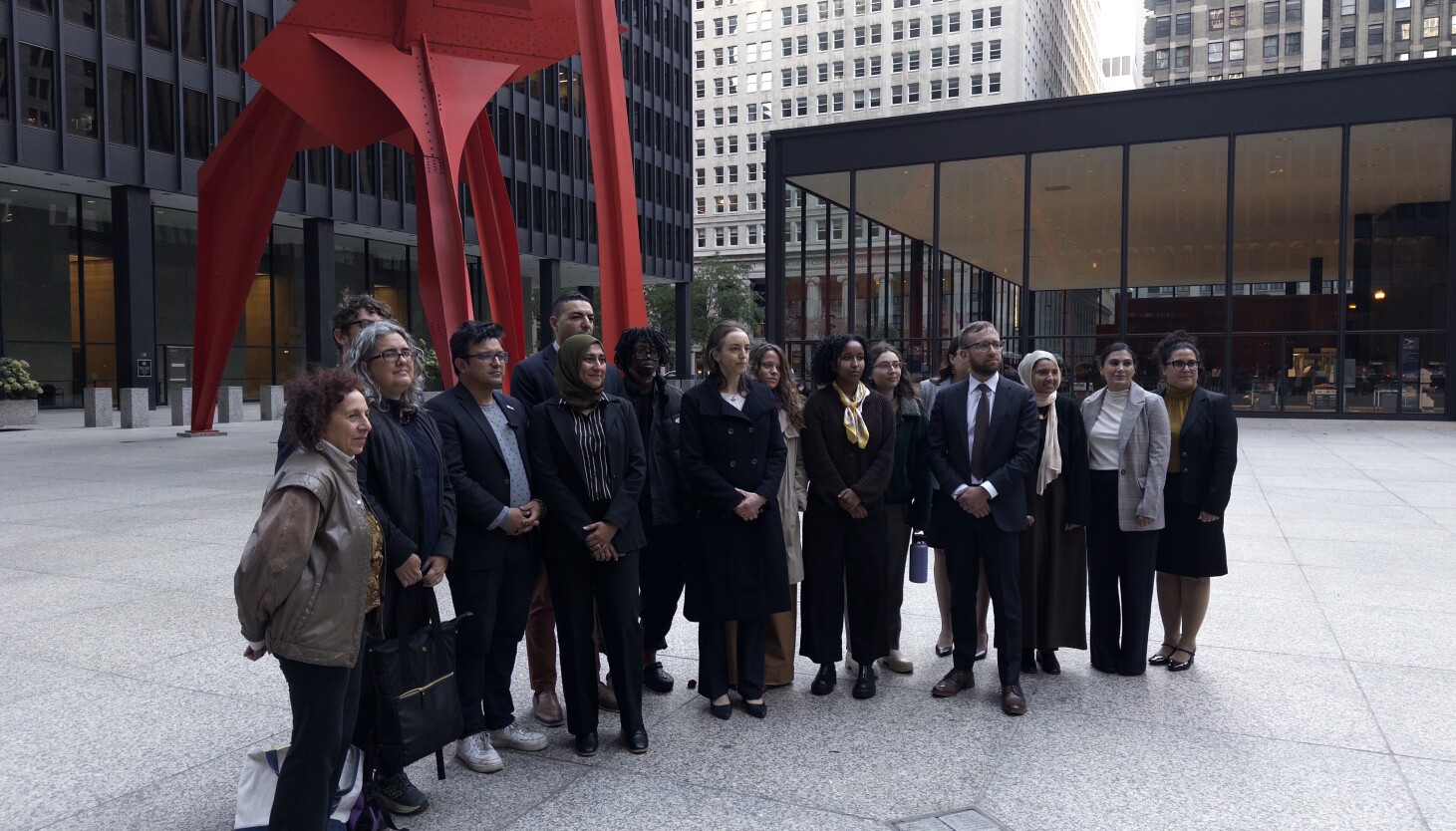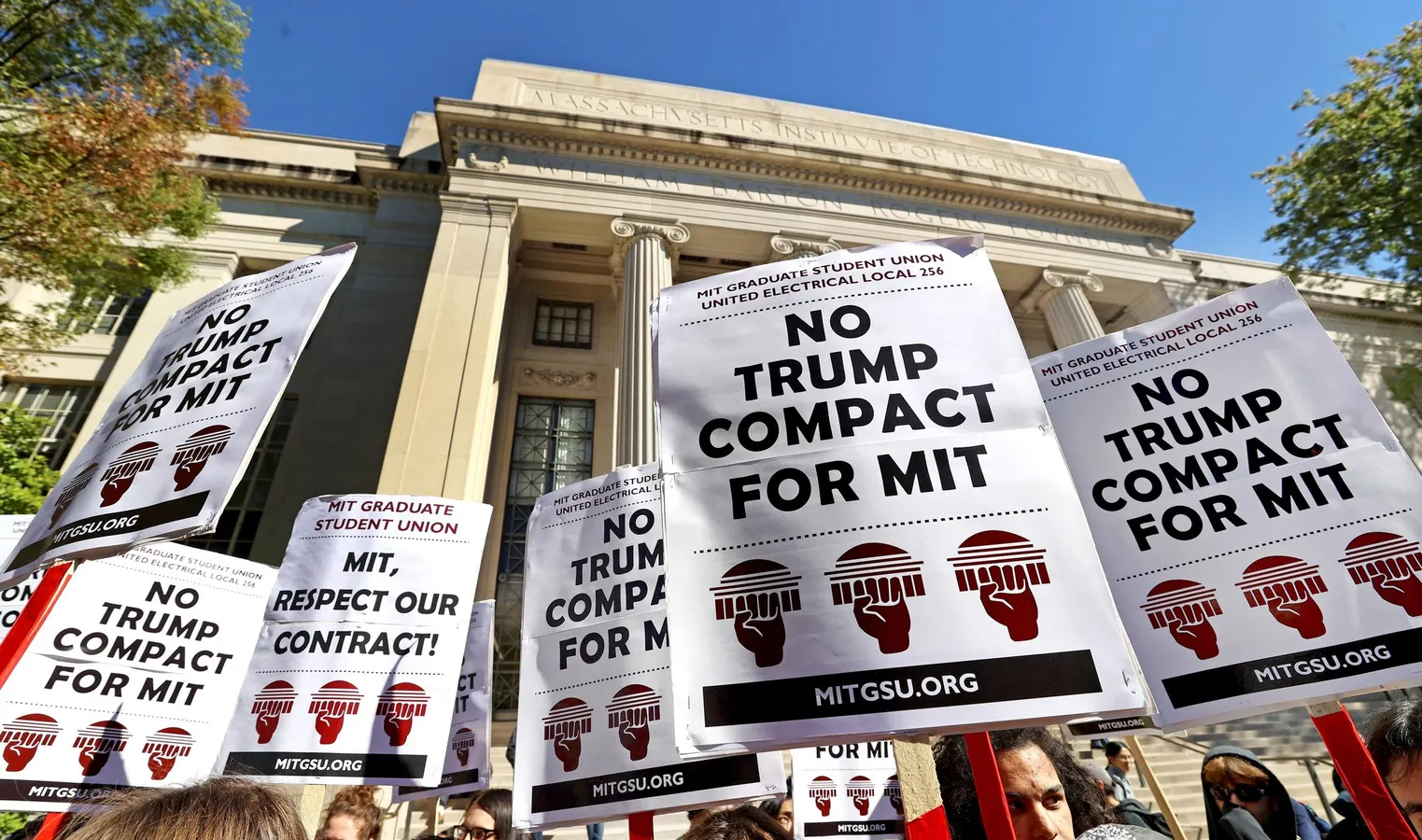Copyright The Philadelphia Inquirer

The vast majority of campaign contributions in the New Jersey governor’s race are coming from a small slice of the Garden State as U.S. Rep. Mikie Sherrill and Jack Ciattarelli zigzag the state less than a week ahead of the election. An Inquirer analysis of the latest campaign finance reports shows that Sherrill, the Democratic nominee, and Ciattarelli, the Republican nominee, have both garnered donations mostly from the state’s whitest and wealthiest areas. Sherrill has maintained a small lead over Ciattarelli in polling for the competitive race. They’re in a tight money race too, data show, with plenty of financial firepower behind both candidates. Since the end of the primary in June, both candidates have raised about $8.2 million, thanks in part to a late fundraising surge for Ciattarelli. The Republican raised $1.3 million to Sherrill’s $440,000 from Oct. 4 to Oct. 23, the most recent campaign finance filing period. Still, Sherrill enters the final stretch of the race with more cash on hand — $4.1 million to Ciattarelli’s $3.6 million. The candidates’ fundraising hauls were buoyed by a combined $5 million in public matching funds, roughly evenly divided between them. Each candidate has now received the maximum eligible $12.5 million in public funding. The candidates’ recent contributions are also augmented by some $27 million in fundraising from a constellation of outside spending groups backing them, with pro-Sherrill committees having narrowly outraised those backing Ciattarelli in the period covered by the latest reports. The super PACs have combined for more than $24 million in spending since the start of the month. More than $230 million has been raised between the primary and general elections and more than $280 million has been spent in what is now the most expensive governor’s race in New Jersey history. A deeper dive into the campaigns’ fundraising data since the June primary reveals differences in how the candidates have been raising their money since they secured their parties’ nominations. Campaigns must disclose the identities of only those donors who cumulatively contribute more than $200. A majority of the candidates’ contributions from those donors came from a handful of zip codes, according to an analysis of in-state donors for whom detailed information was available. Across the state, 522 New Jersey zip codes had at least one contribution. Of those, just 53 — barely one in 10 — have accounted for half of all the money raised since the primary. While both candidates were disproportionately reliant on a narrow slice of zip codes for the bulk of their funds, Sherrill’s donor base was narrower than Ciattarelli’s. Sherrill, in particular, has had a particularly narrow geographic base of financial support, with just 26 zip codes accounting for half of all her contributions. Ciattarelli, by contrast, has pulled half of his funds from 59 zip codes. Many of these zip codes, for both candidates, were in North Jersey. Julia Sass Rubin, the director of Rutger’s public policy program, said the trend is consistent with donations to non-political nonprofits: fewer people making larger donations. “This reflects growing economic inequality and the fact that a smaller number of residents have the resources to donate larger amounts,” she said. But those donation hot-beds could foreshadow support on Election Day. Ashley Koning, the director of the Eagleton Center for Public Interest Polling, said Ciattarelli’s high dollar donations in his home Somerset County “tips off the possibility” that he could flip the county. Somerset, the wealthiest county in the state and what Koning calls a “flip-flopper,” was drawn to lean more Democratic in recent electoral history and yet Murphy won it by less than four percentage points in 2021. For Sherrill, some of her deepest donations come from Morristown, the “Democratic core” of the purple Morris County in her congressional district, Koning said. Neither campaign addressed the Inquirer’s detailed demographic findings. Voting trends have shown an education gap in the Trump era, with more highly educated voters skewing increasingly Democratic. And while both candidates have disproportionately relied on contributions from the state’s most educated zip codes, the trend is starker for Sherrill. The Democrat has raised about 90% of her money from the most-educated 50% of zip codes (those where between 43% and 100% of residents 25 years and older hold at least a bachelor’s degree). Meanwhile, Ciattarelli has raised a lower but still disproportionate 79% ($3.9 million) of his contributions from such zip codes, which collectively account for about 48% of the state’s population. It’s a similar story when looking at contributions by an area’s income. Both candidates have disproportionately relied on contributions from the state’s wealthiest zip codes, though Sherrill has done so to a greater degree. Sherrill has raised about 86% of her money from the wealthiest half of zip codes (those with median household incomes above $109,000). Ciattarelli has raised about 74% of his contributions from such zip codes which collectively account for about 44% of the state’s population. “The Democratic party has increasingly become the party of the higher-educated and more education is strongly correlated with greater wealth and ability to donate to political campaigns,” Sass Rubin said. Both campaigns have sought to reach non-white nonvoters, a meaningful voting bloc in a state where about half the population identifies as something other than white. Yet both candidates have overwhelmingly relied on contributions from zip codes where white residents make up the largest share of the population. Sherrill has raised about 93% of her money from such zip codes while Ciattarelli has raised about 92% of his contributions from them, according to the analysis of donors who gave more than $200. In total, just $650,000 of the $8.4 million in total contributions from New Jersey residents have come from zip codes with a non-white plurality despite such zip codes accounting for about 30% of the state’s population. Koning said electoral history and political literature both show that those who donate skew wealthier, whiter, and more civically engaged. So that “disjointedness” doesn’t come as a surprise, she said. Sasson Rubin pointed out that due to the state’s wealth and racial segregation, wealthier people of color living in majority white zip codes could also be making these donations. The candidates saw a fault line in age, reflecting national generational trends between the two parties. Ciattarelli has raised a far greater proportion of his money from older zip codes as compared with Sherrill. About 63% of his total contributions have come from the oldest 50% of zip codes (those with a median age between 42 and 73). Sherrill, by contrast, has raised about 62% of her money from relatively younger zip codes (those with a median age between 17 and 42). A significantly larger share of Sherrill’s contributions have come from out-of-state donors than have Ciattarelli’s, according to an analysis of known donors. Building on a trend from earlier campaign finance reports, about 79% of those contributions to Ciattarelli’s campaign since the primary have come from New Jersey residents. For Sherrill, only 56% of those contributions came from New Jerseyans. The greater number of out of state donations for Sherrill could reflect the national implications of the race for Democrats. “Everybody is seemingly watching this race across the country, and I think the Democrats especially know the harm it could do to their future, both in the state and nationally, if Sherrill loses,” Koning said. Eric Arpert, Ciattarelli’s campaign manager, said in a statement that “It’s no wonder (Ciattarelli’s) gotten more contributions, big and small, from New Jersey residents all across the state - while Sherrill has had to rely on liberals from across the country to bail out her flailing campaign.” Sherrill has continued to receive a far larger share of contributions from those donors giving $200 or less, but they still make up a small slice of her coffers. About $1.2 million — about 14% of the total money Sherrill’s campaign raised — has come from such small-dollar donors. That’s nearly twice as much as the $600,000 — about 7% — that Ciattarelli has raised from such individuals. Sam Chan, a spokesperson for Sherrill, said “Mikie’s grassroots campaign, unlike Jack’s, is fueled by New Jerseyans chipping in a few dollars at a time, and it’s why she received full matching funds more than a week before him. Mikie raised more in small-dollar donations from New Jerseyans than Jack raised from small-dollar donations, period.”



